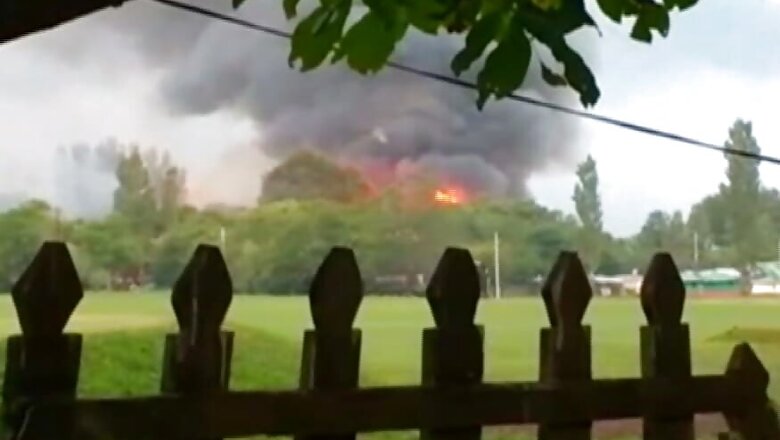
views
New Delhi: The Uri attack marks a dramatic shift from previous special forces-style incursions from across the Line of Control. It also seems the new Pakistan strategy has factored in a possible Indian response and seeks to pre-empt that.
The Kaluchak massacre of 2002 and the attack at Pathankot air force base a few months ago both had distinctive marks in that the fidayeen squad had crossed the border, acclimatized themselves with the terrain and hijacked vehicles to reach their targets. The firing was indiscriminate and the targets were picked as they progressed.
But the Uri attack seems to have been well-rehearsed and clinical. The attack started and finished within four hours with maximum impact in the last 15 years.
The Uri victims were a team of soldiers who were just being inducted into their new duty roster. That the attackers carried incendiary ammunition and that the deaths were mainly from burn wounds as the tents and fuel cans caught fire indicates the intelligence was precise and the operation was well-rehearsed.
Security sources who spoke to CNN-News18 for this story also point out that no radio frequency sets were recovered from the Uri team. This suggests their target was very clear side and they did recce comfortably and in advance. In previous attacks, sophisticated weapons and alpha sets were recovered suggesting they were guided by a proper control room across the LoC.
Top security sources told CNN-News 18 that as part of this news strategy Islamabad has also made an effort to pre-empt any surgical strikes by India in Pakistan-Occupied Kashmir.
According to estimates by Indian intelligence, there are around two dozen terror camps in PoK being run by outfits like Lashkar-e-Toiba, Jaish-e-Mohammed and Hizbul Mujahideen in PoK and a few in Pakistan Punjab.
However, the terror-training strategy has slightly changed. Instead of running camps for months together the Pakistan Army and ISI are now training small groups who can be easily sent across the LoC. A shift from a tangible terror infrastructure to make-shift camps makes any possible surgical strikes ineffective.
The training duration has also been cut short – as much as you need to teach a rookie how to load and fire an AK 47 and how to throw a hand grenade – indicating that the frequency of such fidayeen incursions could go up.



















Comments
0 comment